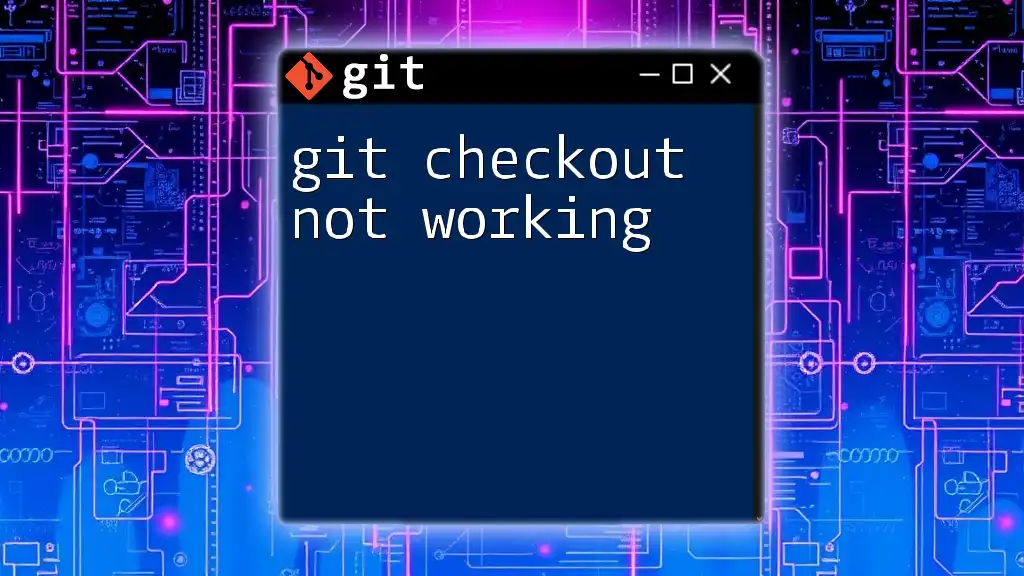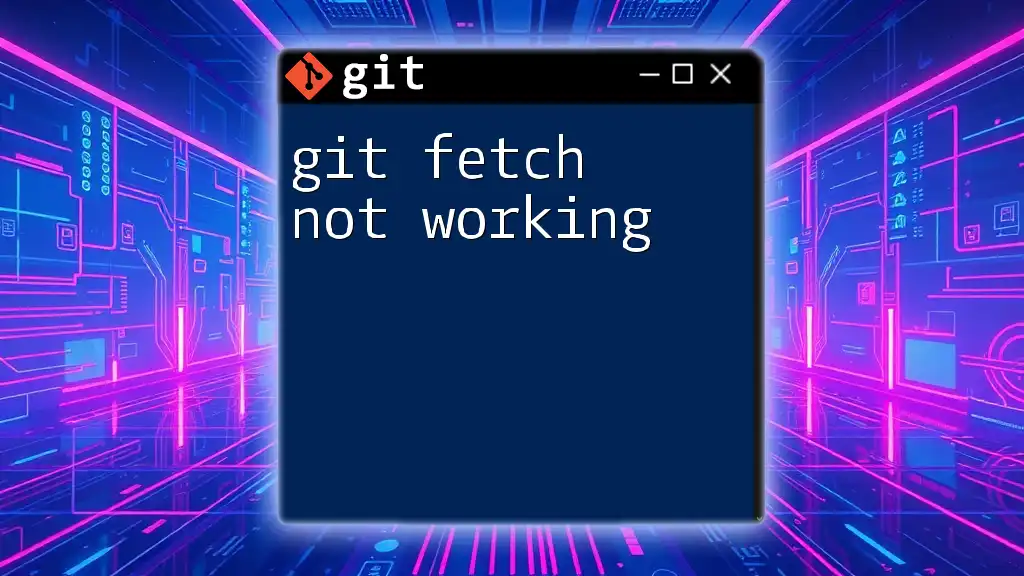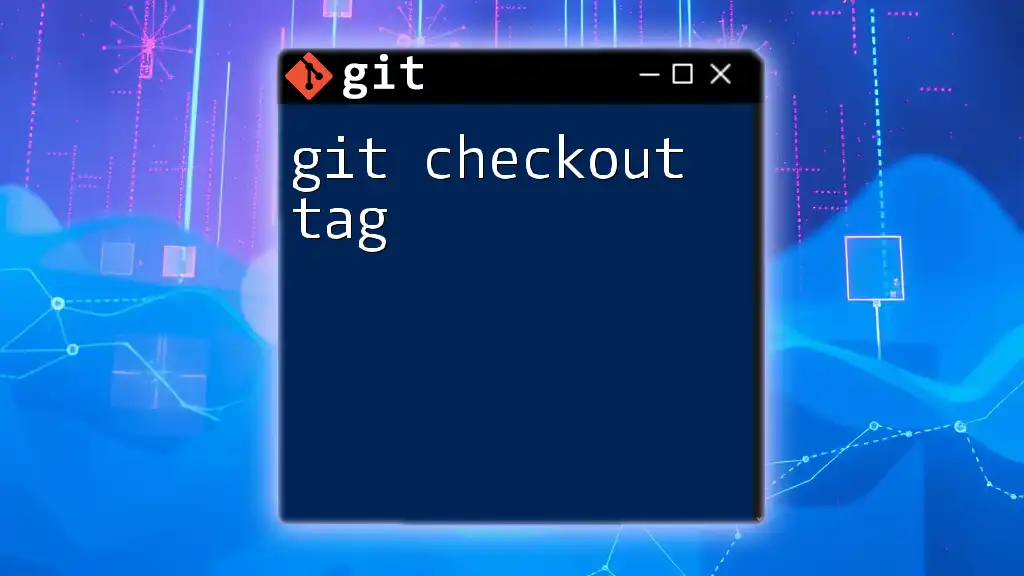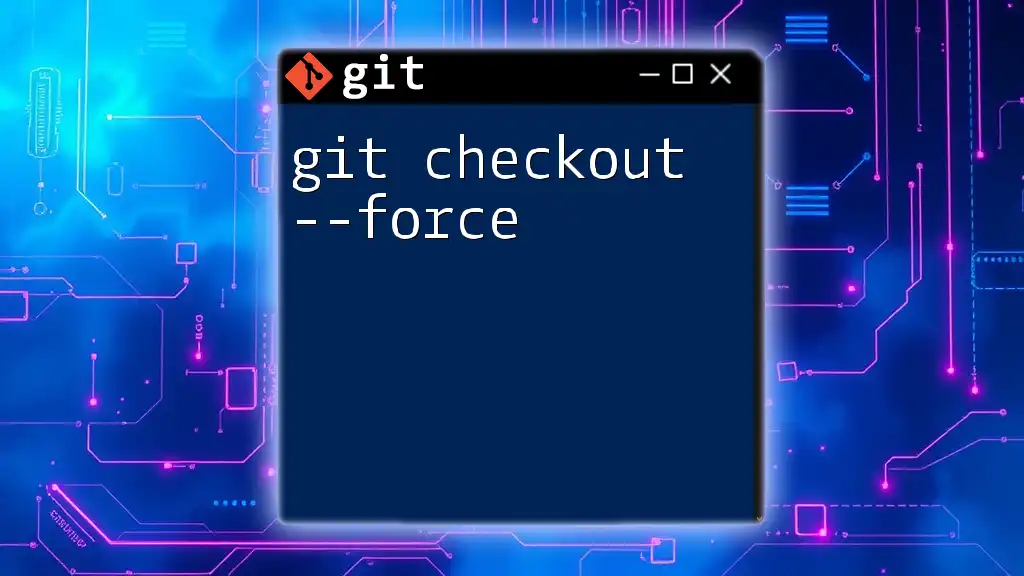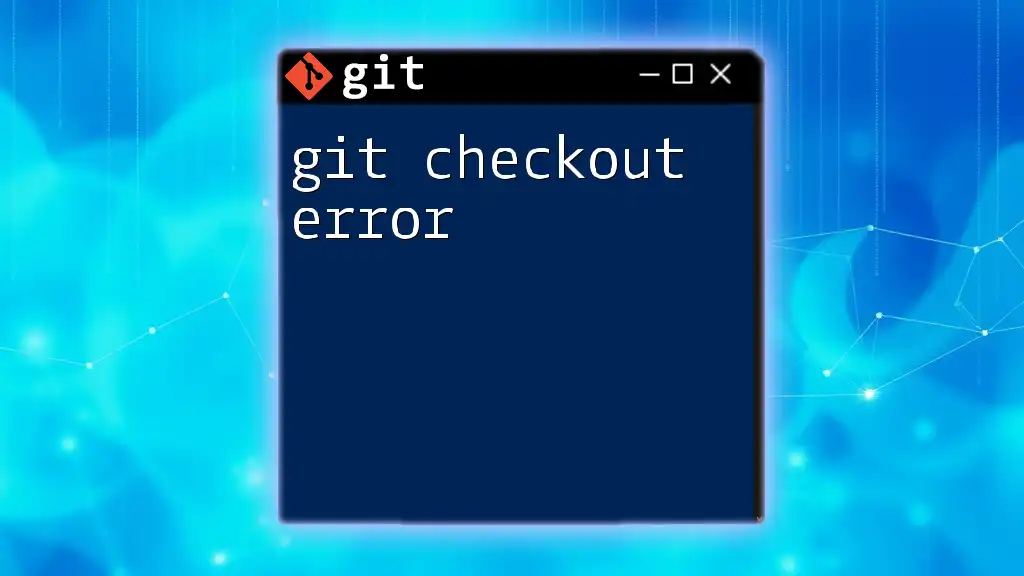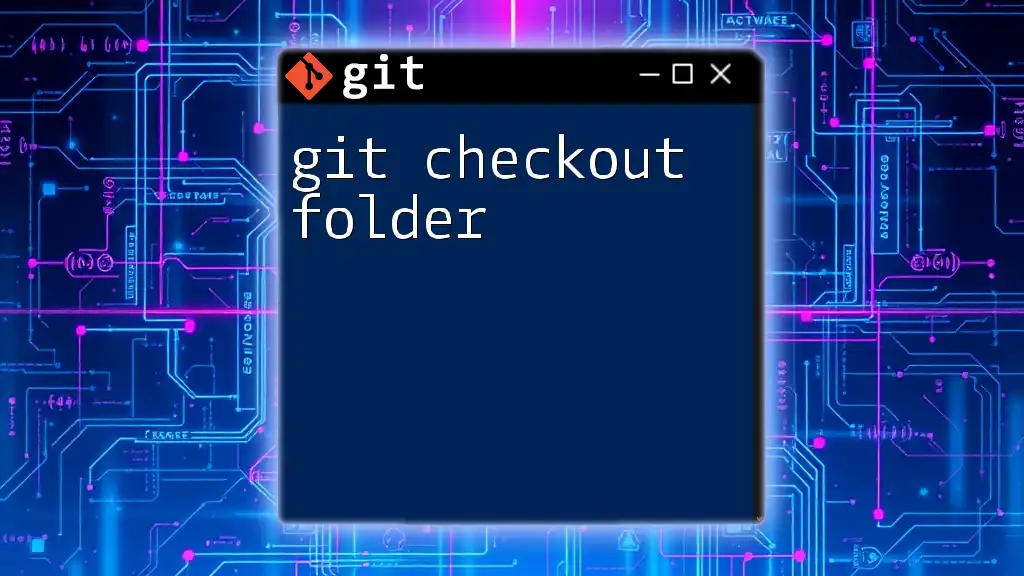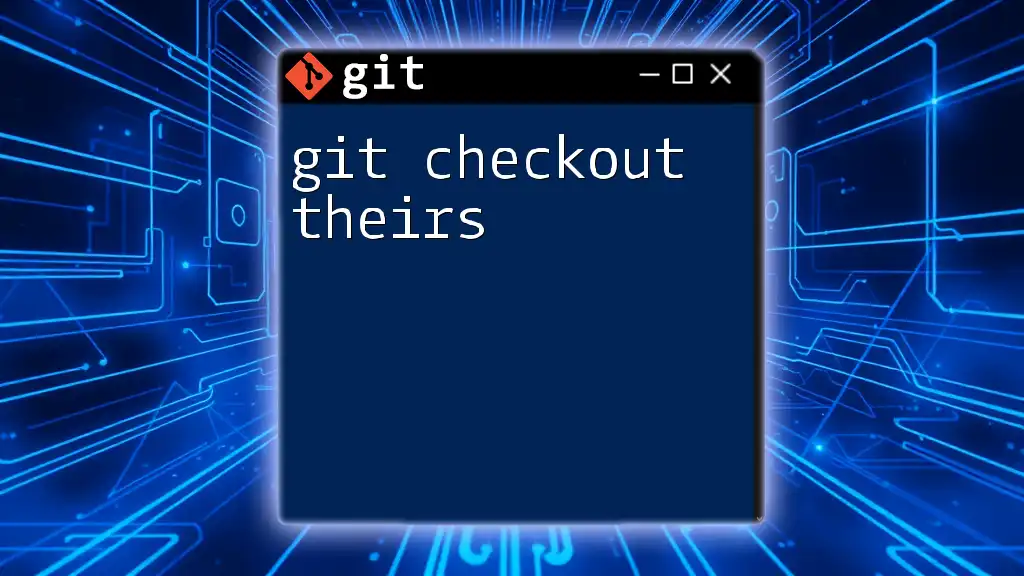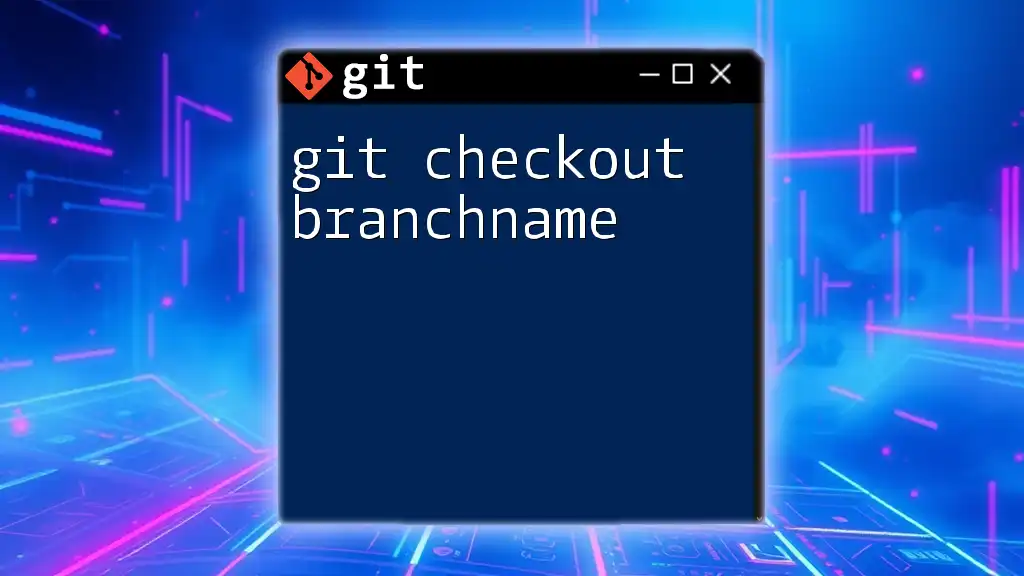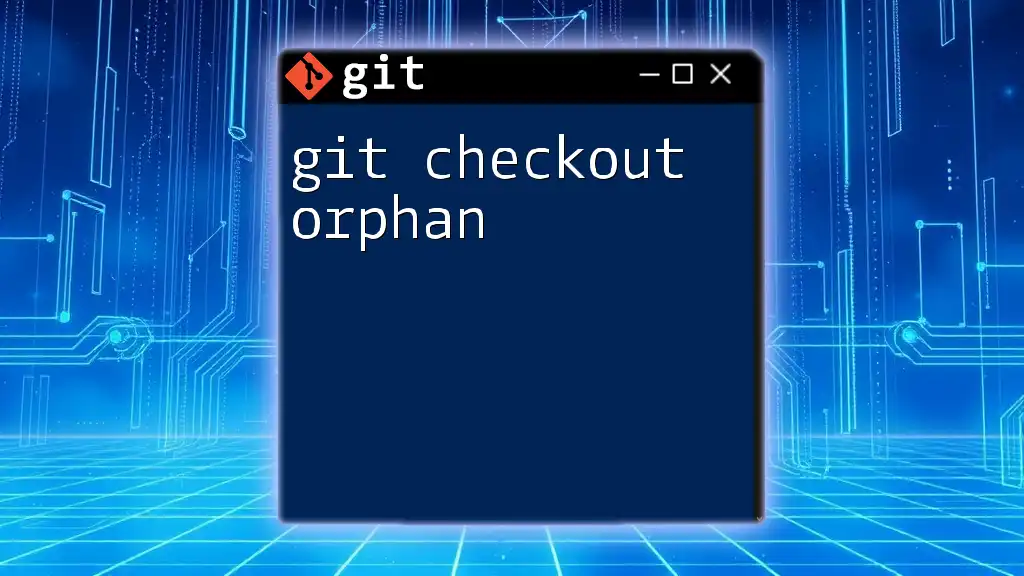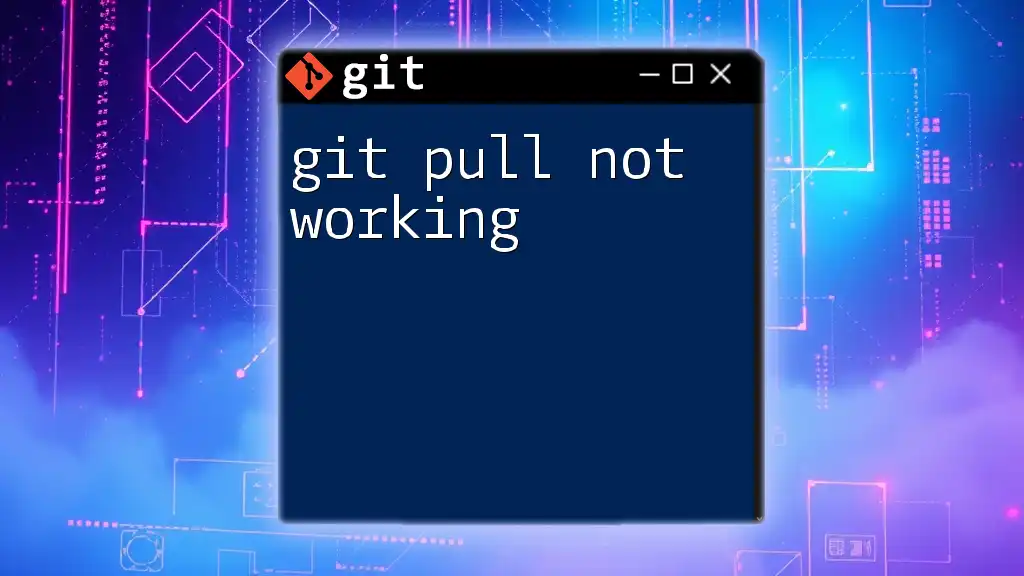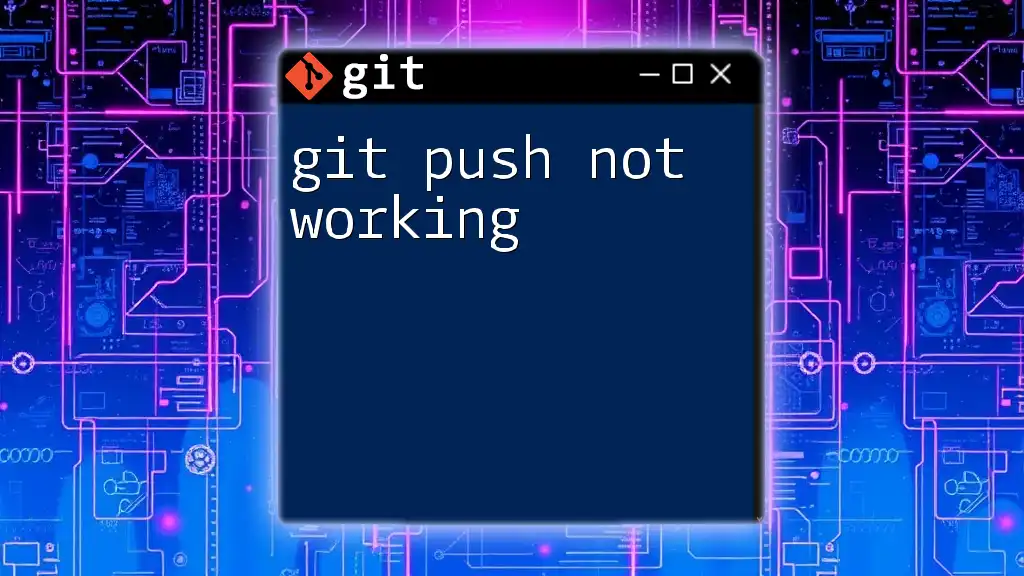If `git checkout` is not working, it may be due to an uncommitted change in the working directory or an incorrect branch name, which can be resolved by stashing changes or verifying the branch name.
# To stash uncommitted changes
git stash
# Example command to checkout a branch
git checkout branch-name
Understanding Git Checkout
What is Git Checkout?
The `git checkout` command is a versatile tool in Git that allows users to navigate between different branches, restores files to specific states, and switches between commits. It's fundamental for managing code versions and collaborating with others effectively.
Syntax of Git Checkout
The basic syntax for `git checkout` can cater to multiple scenarios:
git checkout [branch-name]
git checkout [commit-hash]
git checkout [file-path]
- `git checkout [branch-name]` is used to switch to an existing branch.
- `git checkout [commit-hash]` allows you to view the state of your project at a specific commit.
- `git checkout [file-path]` restores a file in your working directory to its last committed state.
Understanding this syntax is crucial for effective version control.
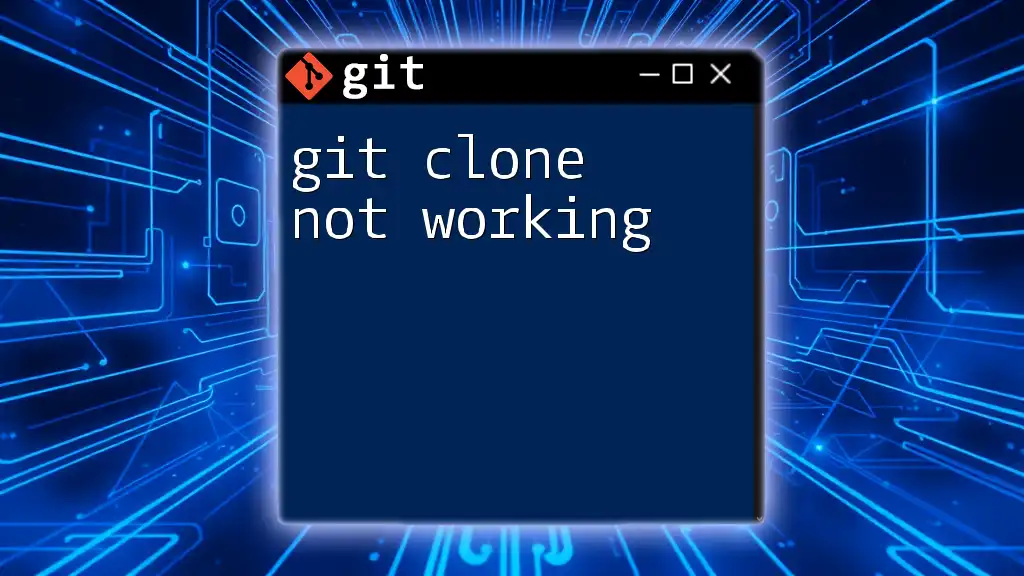
Common Reasons Git Checkout Isn’t Working
Uncommitted Changes in Your Working Directory
Explanation of the Problem
One of the most common reasons for "git checkout not working" is the existence of uncommitted changes in your working directory. Git prevents you from switching branches to avoid losing any uncommitted data.
Solutions
-
Stashing Changes
If you want to temporarily store your changes without committing them, you can use the `git stash` command. This command saves your modifications and allows you to check out your desired branch:git stash git checkout [branch-name] git stash popStashing is particularly useful if you need to switch branches quickly but aren’t ready to commit changes.
-
Committing Changes
A straightforward solution is to commit your changes before switching branches. This approach ensures that your changes are saved in the history:git add . git commit -m "Your commit message"By committing your work, you can switch branches without encountering errors.
Non-Existent Branch or Commit
Explanation of the Problem
Attempting to check out a branch that doesn't exist or using incorrect branch names leads to an error message from Git. This scenario is frustrating, especially if you’ve misspelled a branch name.
Solutions
-
Confirming Available Branches
Always confirm the branches available in your local repository by running:git branchThis command lists all branches, helping you ensure the branch you wish to check out actually exists.
-
Creating a New Branch
If you need to create a brand-new branch to work on without affecting the current branch, you can do so easily:git checkout -b [new-branch-name]This command will create and switch to the new branch in one go, streamlining your workflow.
Detached HEAD State
Explanation of the Problem
If you find yourself in a detached HEAD state, it means you have checked out a specific commit, but you aren't on any branch. This state can be confusing and may hinder further checkout commands.
Solutions
-
Checking Out a Branch from Detached State
To regain a normal state, simply check out an existing branch:git checkout [branch-name] -
Creating a New Branch from the Detached State
If you’ve made changes while in a detached HEAD state and want to keep those changes, you can create a new branch:git checkout -b [new-branch-name]
Merge Conflicts During Checkout
Explanation of the Problem
Another potential issue arises during ongoing merges. Git won't allow any branch switching if there are unresolved merge conflicts, causing the "git checkout not working" situation.
Solutions
- Resolving Merge Conflicts
Before attempting to switch branches, it's vital to resolve any existing conflicts. You can figure out the status of your repository by using:
After identifying conflicts, use a merge tool to resolve them:git status
Once conflicts are resolved, don’t forget to commit the changes:git mergetoolgit commit
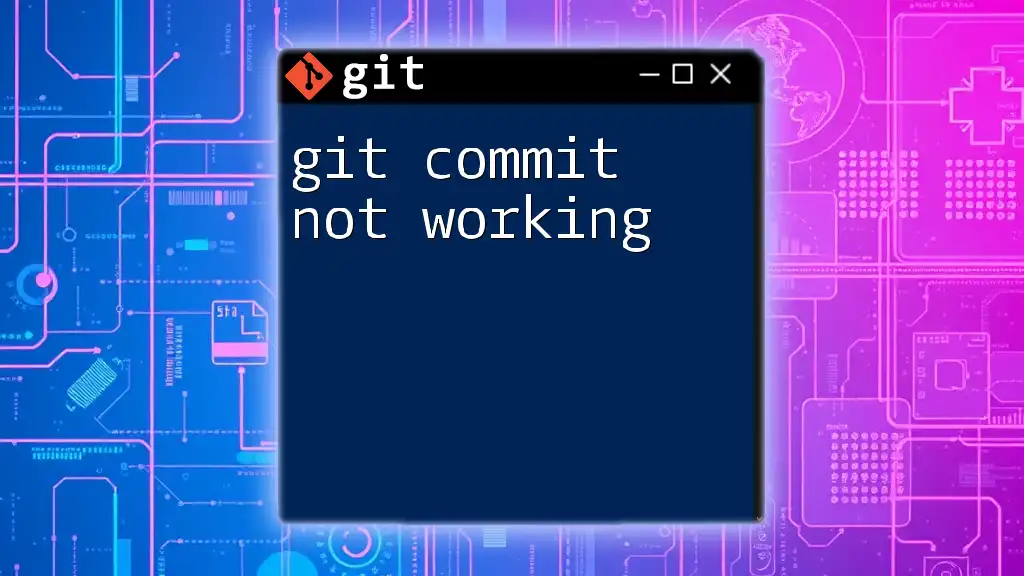
Troubleshooting Tips
Verbose Output
To gain more insight into why `git checkout` may be failing, using the verbose flag can provide detailed error messages. This command can help shed light on the problem:
git checkout -v [branch-name]
Checking Git Configuration
Sometimes your Git configuration may be affecting checkout commands. You can view the current settings with:
git config --list
Look out for any misconfigurations that could hinder your operations.
Git Help Documentation
If you're confused or need more help, consult the built-in Git help documentation. Running:
git help checkout
will display comprehensive information about the command, enhancing your understanding and ability to troubleshoot issues.

Best Practices for Using Git Checkout
To avoid common pitfalls with `git checkout`, it’s essential to adopt best practices:
- Regularly commit changes: This helps maintain a clean working directory.
- Use branches effectively: Create separate branches for different features or fixes to avoid conflicts.
- Utilize `git stash`: Stash your uncommitted changes whenever you need to switch contexts quickly.
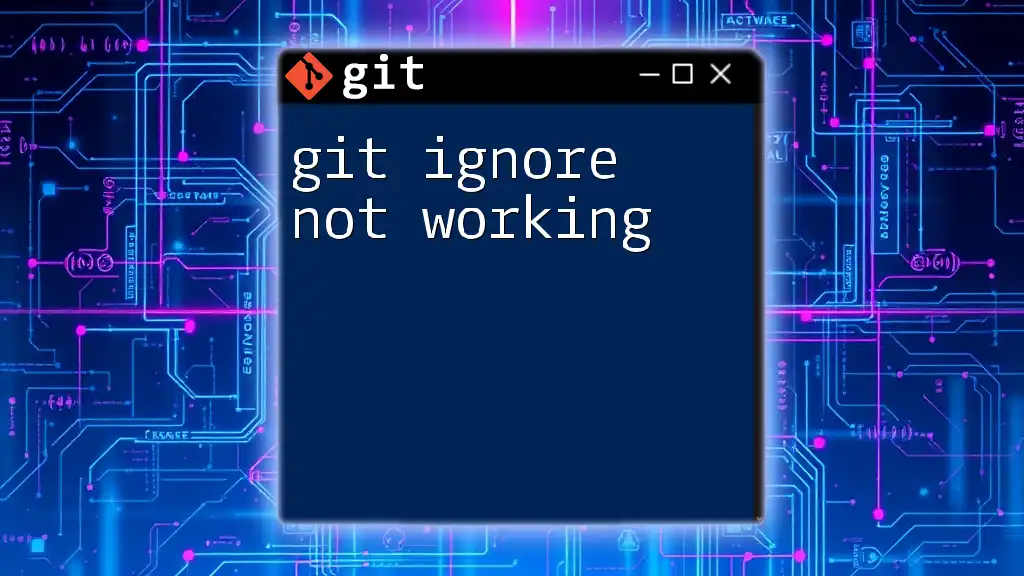
Conclusion
When the "git checkout not working" problem arises, it can often be linked to uncommitted changes, non-existent branches, detached HEAD states, or unresolved merge conflicts. Understanding the reasons behind these issues and applying the suggested solutions can guide you in troubleshooting effectively. Becoming proficient with `git checkout` is a crucial skill for anyone looking to manage version control efficiently. Mastering these commands will significantly ease your development workflow, allowing you to focus on code rather than issues.

